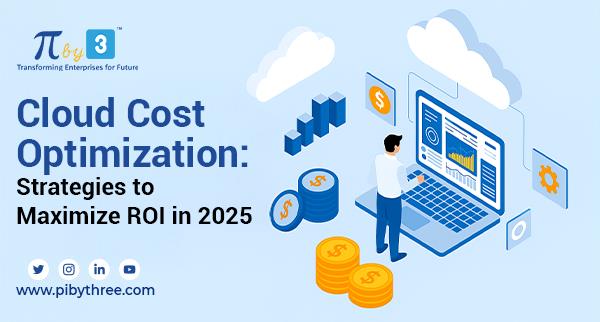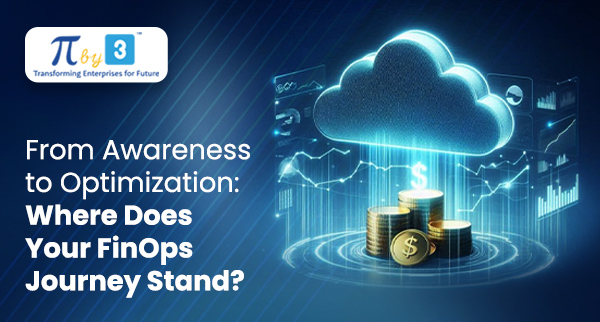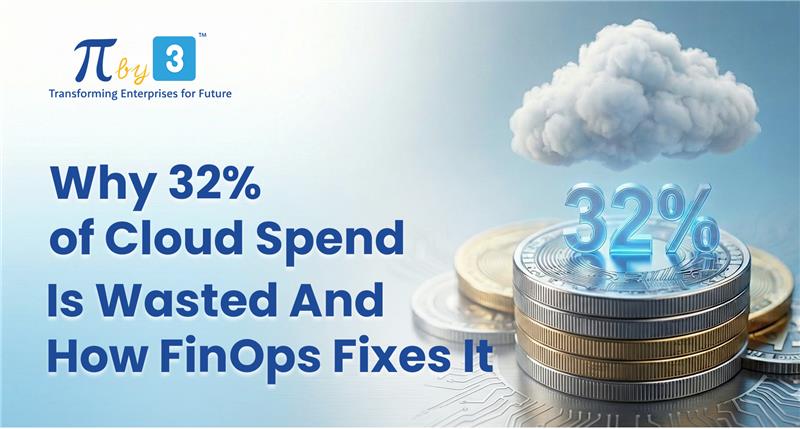Cloud computing is the foundation of modern enterprises, but its growing adoption brings the critical challenge of cost management. As we head into 2025, businesses face increasing demands to optimize cloud spending and enhance return on investment (ROI) on platforms like Snowflake. Drawing from the SnowDash report and current industry trends, this blog outlines practical strategies for effective cloud cost optimization.
The Importance of Cloud Cost Optimization in 2025
- Rising cloud expenditure: Global public cloud spending is expected to exceed $720 billion in 2025, making cost control a priority for IT leaders.
- Complexity and inefficiency: Lack of visibility into cloud costs often leads to wasteful spending and resource inefficiencies.
- Focus on ROI: Strategic cost optimization ensures cloud investments deliver measurable business value.
Core Strategies for Cloud Cost Optimization
1.Achieve Comprehensive Cost Visibility
- Centralized dashboards: Tools like SnowDash consolidate cost data across Snowflake accounts, presenting actionable insights for FinOps teams.
- Resource tagging: Use tags to categorize resources by department, project, or environment for precise cost tracking.
- Real-time monitoring: Implement dashboards and automated alerts to identify spending anomalies promptly.
2.Eliminate Wasteful Spending
- Usage audits: Regularly analyze usage to identify idle or underutilized resources, such as oversized warehouses or dormant storage.
- Decommission unused assets: Remove redundant databases, storage, or compute resources to reduce costs.
- Secure access control: Use SnowDash’s audit features to detect and mitigate unauthorized access or misuse by vendors.
3.Optimize Resource Allocation
- Rightsizing resources: Scale compute resources to match workload demands, avoiding over-provisioning.
- Auto-suspend/resume: Enable Snowflake’s auto-suspend for idle warehouses and auto-resume for on-demand tasks to cut costs.
- Dynamic scaling: Use auto-scaling to adjust resources based on demand, minimizing waste during low-usage periods.
4.Utilize Cost Management Tools and Automation
- Integrated tools: Leverage Snowflake’s native tools (Snowsight, resource monitors, budgets) and third-party platforms for holistic cost oversight.
- Automated notifications: Configure alerts for unusual spending patterns or budget thresholds.
- Scheduled shutdowns: Automate non-production environment shutdowns during off-hours to save costs.
5.Strengthen Governance and TCO Management
- Cost policies: Implement governance rules to limit resource provisioning and enforce spending caps.
- Vendor oversight: Monitor third-party usage to prevent cost overruns and enhance security, as enabled by SnowDash.
- Ongoing refinement: Continuously update cost optimization strategies to align with evolving business and cloud usage patterns.
SnowDash: Driving Business Value from Snowflake Costs
The SnowDash report highlights how advanced analytics can transform cost management:
- Track cost drivers: Visualize daily credit usage by warehouse, partner, or department to identify trends and anomalies.
- Enhance security audits: Monitor login failures and insecure access, attributing costs to specific vendors or partners.
- Improve query efficiency: Pinpoint and optimize resource-heavy queries for both cost and performance gains.
- Ensure accountability: Allocate costs to business units or projects for transparent chargebacks.
Best Practices Summary
| Strategy | Description | Tools/Examples |
| Cost Visibility | Unified dashboards, tagging, and real-time monitoring | SnowDash, Snowsight |
| Waste Reduction | Audit idle resources, decommission unused services | Usage View, Query History |
| Resource Optimization | Rightsize resources, enable auto-suspend/resume | Warehouse Credit View |
| Automation | Auto-suspend, scheduled shutdowns, budget alerts | Resource Monitors, Budgets |
| Governance & TCO | Enforce policies, monitor vendors, refine strategies | Audit Reports, Cost Controls |
Conclusion
In 2025, cloud cost optimization is about more than reducing expenses it’s about aligning cloud investments with business goals to maximize ROI. By leveraging tools like SnowDash and adopting best practices visibility, waste reduction, resource optimization, automation, and governance organizations can control total cost of ownership (TCO), enhance efficiency, and drive sustainable growth in their cloud environments






